 New estimates suggest that 1
in 10 children have dyslexia, and that it is the most common type of learning
disability. Dyslexia is a
language-based issue that impacts academics in the areas of word decoding,
reading comprehension, reading fluency, word retrieval, writing, spelling and
some mathematical computations such as word problems. Although dyslexia is widespread in schools, many students
remain undiagnosed. In addition,
many others that are diagnosed never receive the needed remediation. So what can we do to help these
underserved individuals? First, we
can learn to recognize the common warning signs so that these students can be
formally tested. Second, we can learn
how to help these students strengthen the weaknesses associated with dyslexia.
New estimates suggest that 1
in 10 children have dyslexia, and that it is the most common type of learning
disability. Dyslexia is a
language-based issue that impacts academics in the areas of word decoding,
reading comprehension, reading fluency, word retrieval, writing, spelling and
some mathematical computations such as word problems. Although dyslexia is widespread in schools, many students
remain undiagnosed. In addition,
many others that are diagnosed never receive the needed remediation. So what can we do to help these
underserved individuals? First, we
can learn to recognize the common warning signs so that these students can be
formally tested. Second, we can learn
how to help these students strengthen the weaknesses associated with dyslexia.
15 Common Weaknesses:
1.
Difficulty with
rhyming words
2.
Difficulty
memorizing letters, words and number sequences
3.
Mis-sequencing of
syllables in a word (aminal – for animal)
4.
Sees letter and
number sequences correctly but may remember and recall them in a different
order
5.
Skips and
misreads words
6.
Difficulty
sounding out words
7.
Difficulty
spelling
8.
Word finding problems
9.
Problems with
rote memorization
10.
Repetitions,
additions, transpositions, omissions, and substitutions, of letters, numbers
and/or words
11.
Trouble
understanding inferences, jokes, or idioms
12.
Difficulty
tracking from left to right
13.
Complaints of
dizziness, headaches or stomach aches while reading
14.
Difficulty
discriminating between similar sounding letters and words
15.
Difficulty
interpreting word problems
10 Ways to Strengthen the Weaknesses Associated with
Dyslexia
2.
Play sorting
games with common reversals like the letters “b” and “d” or the words “was” and
saw.” Have the students organize the letters or words into separate groupings
or categories. As an additional
fun option, you can even ask your students to use letters or words that they
cut out of magazines.
3.
Find jokes on
the internet or get a joke book.
Have fun going through each joke and talk about them. Talk about double meanings, what makes
them funny and make a list of words that have more then one meaning. Then, help your students to make their
own joke book.
 4.
If spelling is a
real problem when writing, allow students to use a computer with a spell
check. You can also scribe for
them, and consider purchasing speech to text software such as, Dragon Naturally Speaking. Over time, these options will help students
with dyslexia learn the correct spelling as they will continually see the words
spelled correctly.
4.
If spelling is a
real problem when writing, allow students to use a computer with a spell
check. You can also scribe for
them, and consider purchasing speech to text software such as, Dragon Naturally Speaking. Over time, these options will help students
with dyslexia learn the correct spelling as they will continually see the words
spelled correctly.
5.
Make a list of each
student’s commonly misspelled words and write them in a notebook. Place one word on each page. Have fun coming up with memory
strategies with the students that will help them remember the correct spelling. For example, if they have difficulty with the word “what, ” they may
notice that the word “what “ has the word “hat” in it. Then they can draw a hat on top of the
word “what.”
6.
Perform eye tracking
exercises with the students to strengthen the eye muscles. This can be done by placing two objects
about 1-2 feet in front of the student.
Make sure to place the objects about 16 inches apart. Have the students look back and forth
between the objects as quickly as they can for a minute. Do this at least twice a
day.
7.
Play ping pong with
the students or have them watch others play ping pong. Ping pong is a wonderful game that
strengthens tracking as well as other visual processing areas.
8.
Make difficult letters
and numbers with the students out of wet spaghetti, shaving cream, or
clay. Bringing a tactile
modality as well as the “fun factor” into lessons will make the material more
memorable.
9.
Make a collage with
the students that focuses on one or two difficult words or letters at a time.
10.
Have the students
use books on tape. While
listening, ask them to close their eyes and visualize the story. Many students with dyslexia never fully
develop their capacity to visualize, because the process of reading is so
mentally taxing. Helping these
students to develop the ability to visualize will aid them with reading
comprehension and memory. Another
option is to ask them to read along with the recording, so they can improve
their sight word vocabulary and begin to see whole words and phrases.
If
you are interested in purchasing some products that help students with
dyslexia, consider downloading a free sample of Dr. Warren’s Reversing Reversals, Making Inferences the Fun and Easy Way,
or Reading Games.
Dr. Erica
Warren is a reading specialist, educational therapist and author of
multisensory, and mindful educational materials. She resides in New York, where she works one on one with
students as a “personal trainer for the brain” and an educational
consultant/teacher trainer. Dr. Warren offers her own materials at Good Sensory Learning and Teachers Pay Teachers. You can also get free
advice and resources by following her blog here.
Thank you, Erica, for some wonderful and informative information!
Thank you, Erica, for some wonderful and informative information!





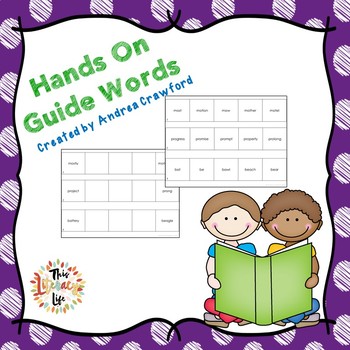
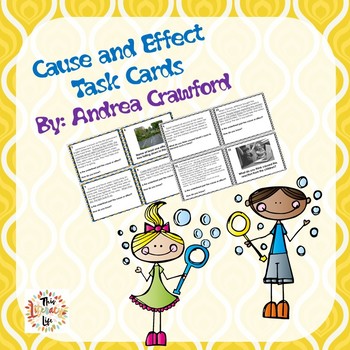
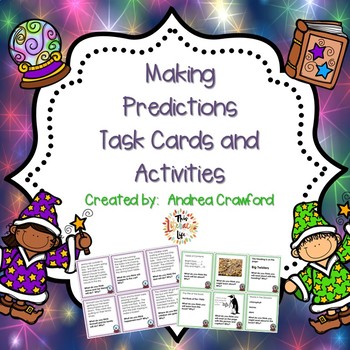
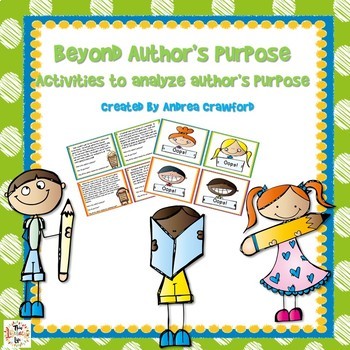
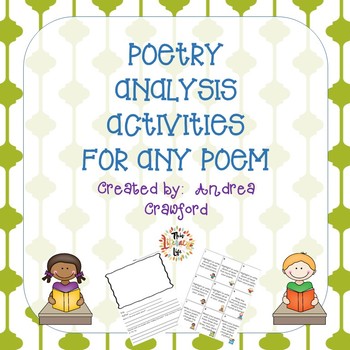
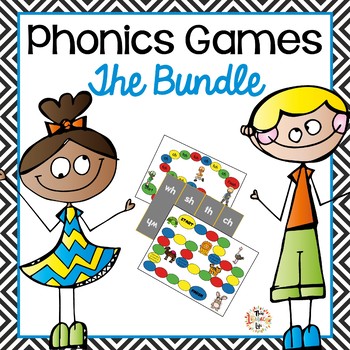
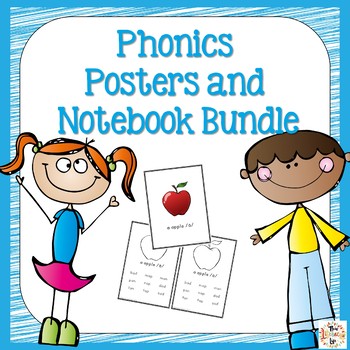
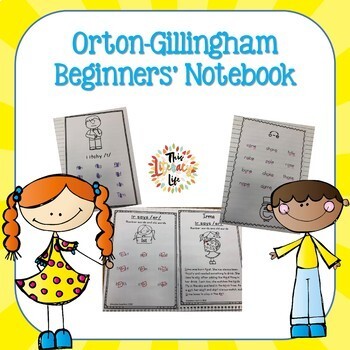







WOW! Such a great read! I've used reading overlays to help students with tracking, but I love the colored report covers (much cheaper!)
ReplyDeleteLeigh
The Applicious Teacher
Thanks for posting! I have a few students struggling with dyslexia this year.
ReplyDeleteDon't Let the Teacher Stay Up Late
There is one thing I would like to add, that with dealing with kiddo's with dyslexia is it is very important to make them understand that they are not dumb (as so many think they are), its just their brain works differently, and some of the most important people in our world's history are/were dyslexic's so its no barrier to a bright future. This knowledge comes from having two sons who are on the dyslexic band (one mild, one bad) and helping at my local school with the programe they have to support children with dyslexia. Their self perception is the biggest barrier to thier schooling success.
ReplyDelete